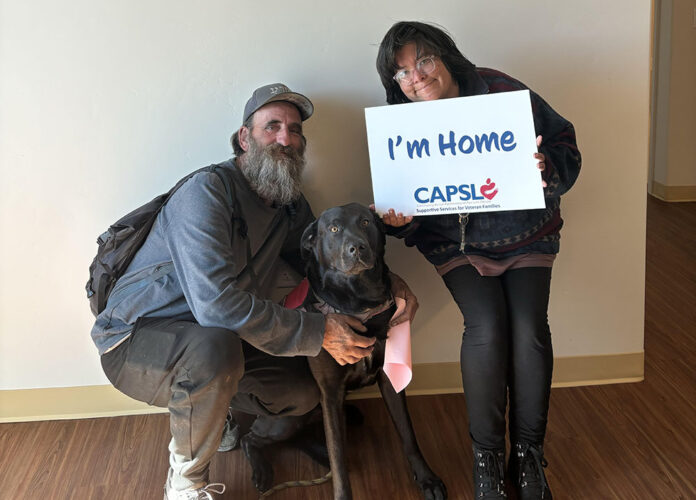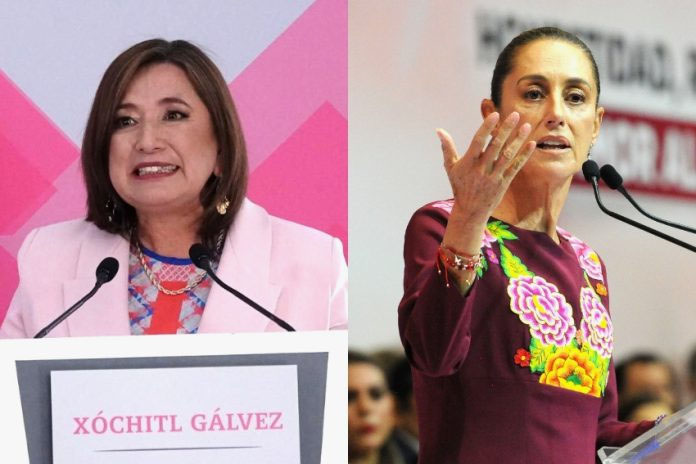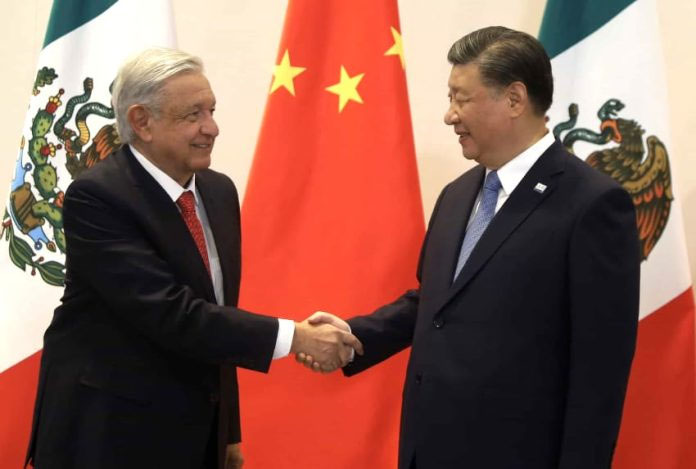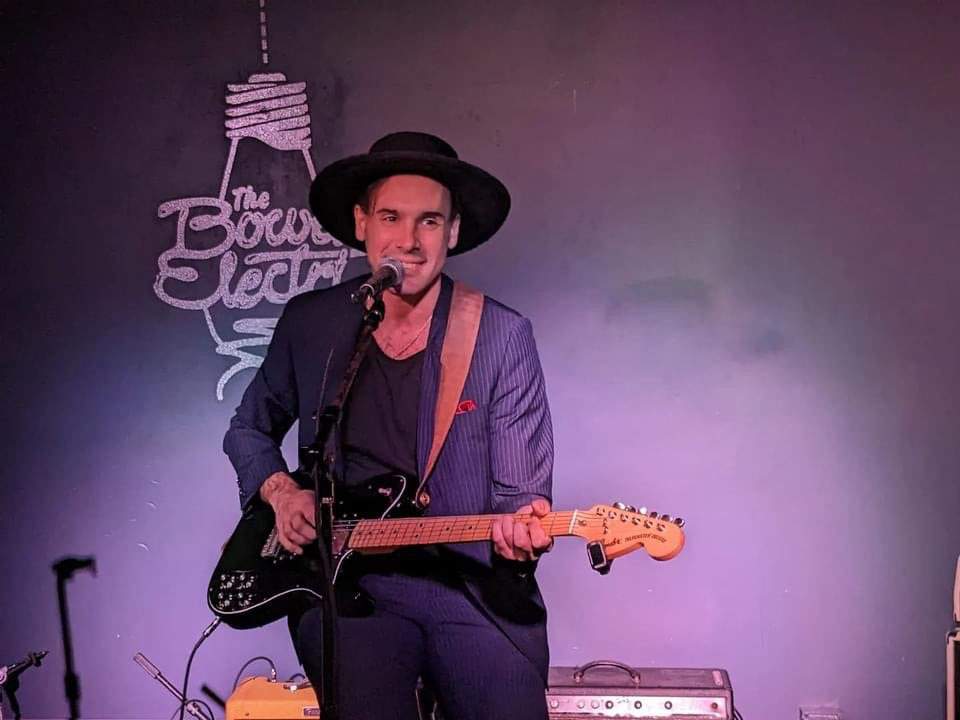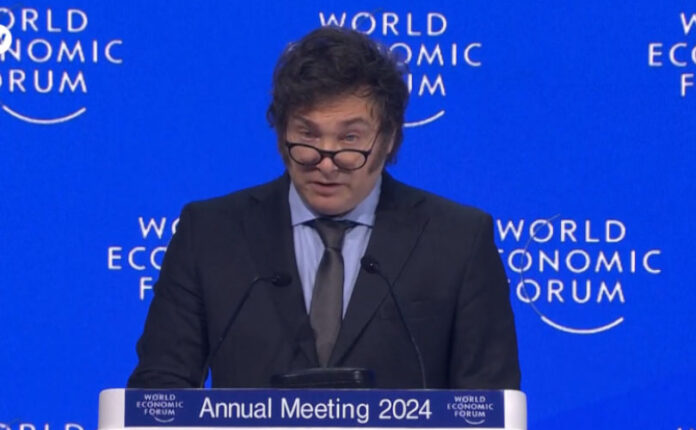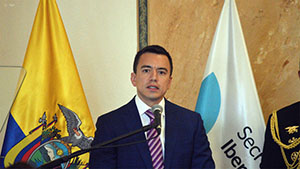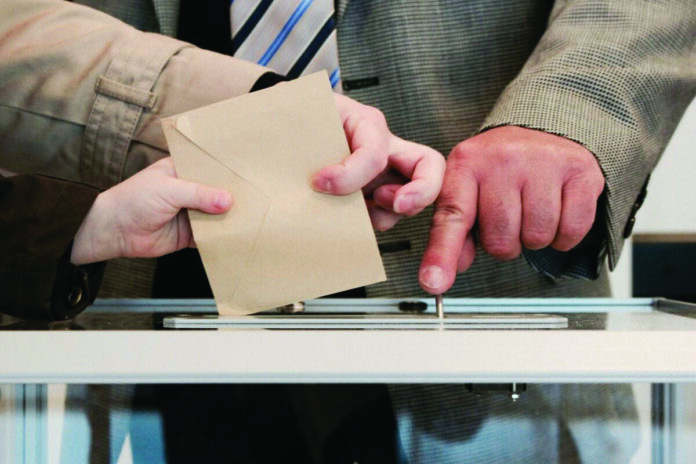Note from the editor: The content of this article is the sole opinion of the writer, and it does represent the view and opinion of El Reportero newspaper. It is published to present an oposite view to current ideas. –Vale, Marvin Ramírez.
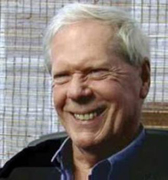
by Paul Craig Roberts
The collapse of Western civilization and its replacement with woke Satanism has proceeded so rapidly that not even I, who expected it, can keep up with it.
Stephen Karganovic writing in Global Research brings to our attention five of the many insane woke policies that have been implemented in Canada, California, and Great Britain. This is not a joke. This is very real:
- In order to maintain the fiction that in their attributes men and women are physiologically indistinguishable, the Canadian government has mandated the installation of tampon dispensers in men’s bathrooms. The empirical fact that men have no use for tampons is trumped by ideology, which dictates categorically that they do because it is dogmatically prescribed that men do menstruate and are furthermore able to give birth to babies. People who believe themselves to be something they are not, and claim that their subjective self-perception overrides reality, are politically empowered to cancel empirical observation and the conclusions reached by scientists who perform accurate, verifiable research.
- Also on the ideological reality chopping block is terminology that points to pre-woke, common sense notions about natural relations between human beings. “Mother” and “father, “expressions that allude to the manifestly different roles of parents in the process of conception and nurture of offspring, in the woke-controlled universe have been forcibly replaced by designations “parent no. 1” and “parent no. 2,” invented to hide those facts. Now the Methodist Church of Great Britain has gone a step farther, to label terms “husband” and “wife” offensive. Inspired by inclusivity, the technical rationale for this departure from normalcy is “to avoid making assumptions” that are not “the reality for many people.”
- The avant-garde state of California has passed a law that takes effect this year, AB 1084, requiring large retail stores to include gender neutral toy sections or face fines and other punishments. The new law will place an additional undue burden on retailers and will have the foreseeable economic impact of raising the price of toys generally for normal families and their children. Incidentally, it is anybody’s guess what the definition of gender neutral toys is and whether there is a market for such items. But in a parallel universe governed by ideological delusions these are inconsequential details.
- In Britain, the country where the novel 1984, which introduced the notion of thought crime, had been written, the first literal thought crime prosecutions have recently been instituted. Isabel Vaughan Spruce, Director of UK March for Life, so far has been cited by the police three times and taken to court for silently praying in front of abortion clinics. Readers should note that her arrests were triggered not by speech or conduct but for an “objectionable” activity that was purely mental. British authorities did not contest her right as a citizen (or royal subject, if you wish) to be in the public space where she was detained. Detention and prosecution were based entirely on their perception of what allegedly was going on in her mind, in the proximity of an abortion clinic, which the authorities considered might be provocative and perturbing to the consumers of the clinic’s services. Readers should be aware that in common law the concept of thought transgression does not exist and that so far the British Parliament has not given statutory expression to such an offence. Nevertheless, an actual person presumably endowed with human rights has been subjected to persecution for objectively unprovable thoughts in order to enforce a legally non-existent norm. But that is the new normal, the rules based order of woke jurisprudence now taking shape in the land that once prided itself on upholding the “rights of Englishmen,” no matter how eccentric. Even the KGB in the old days could not have made this up.
- Returning to avant-garde California, award-winning Glendale fifth-grade teacher Ray Shelton was suspended for refusing to acquiesce to male students who “identify” as girls stripping naked in front of female students in the girls’ changing room. For opposing the transgender agenda in his school Shelton lost his job. It made no difference that female students and their parents fully supported him and also vehemently objected to these aggressive displays of opposite sex nudity. Glendale happens to be a heavily Armenian suburb of Los Angeles and its overwhelmingly normal residents are unacculturated to progressive Western values. They reacted with consternation to the state-orchestrated sexualization of their children. Their protests, however, were to no avail. Shelton is now suing the state for damages. Good luck, in the judicial system of the deranged state of California.
If I may, I will tell you what this means. It means that everything previously considered normal, moral, legal, and totally defensible is now suspect, indefensible and criminalized.
The most massive coup in world history has been accomplished. No one in the West has any rights except those our woke conquerors approve, and they are the rights of the abnormal, the immoral, and the sexual perverted. Christians and adherents of Islam are regarded as terrorists against the Satanic order. If you don’t believe that male humans menstruate and can have babies, you are guilty of placing biological fact higher than woke ideology and are an enemy of the people.
The Average American, Englishman, French, German, Canadian, Australian citizen is too insouciant to have any understanding that his culture and moral values have been replaced by those of Sodom and Gomorrah. Very few comprehend that normal beliefs and behavior have been criminalized.
I do not know if Putin’s Russia, Xi’s China, and Khamenei’s Iran are infected and placed on the road to evil by America’s woke ideology which has spread throughout the Western world.
Many of the “young leaders” have been incorporated into the World Economic Forum, a collection of world elites who profess that the human population, like cattle, must be culled if the planet is to survive. But Serbia has succumbed. Karganovic reports that “as of April of this year, on pain of heavy penalties, in all gender related matters Serbs will be required to mimic their collective West models.
The educational system, including textbooks, and all public sector communication will be reorganized to reflect the newly mandated guidelines. The imposition of gender sensitive language, including pronouns, ranks high on this agenda. Serbian parents will be obliged to conform willingly to the whims of their soon to be brainwashed children, acquiesce to gender transition hormone treatments for their youngsters, and to strictly observe the pronoun regime that will be demanded of them. Resistance will result in steep fines and prison sentences and in their offspring being forcibly removed from parental custody to be placed in government-approved foster care.”
In Scotland an almost identical law, providing for up to seven years in prison for recalcitrant parents who refuse to accept their children identifying as transgender is in the legislative pipeline.
Karganovic makes it clear that allegedly representative governments are imposing on citizens “compulsory denial of the evidence of one’s senses and obligatory surrender to repugnant nonsense.” The woke satanists have a complete “blueprint for the crushing of the human spirit, leading ultimately to its total subjugation.”



